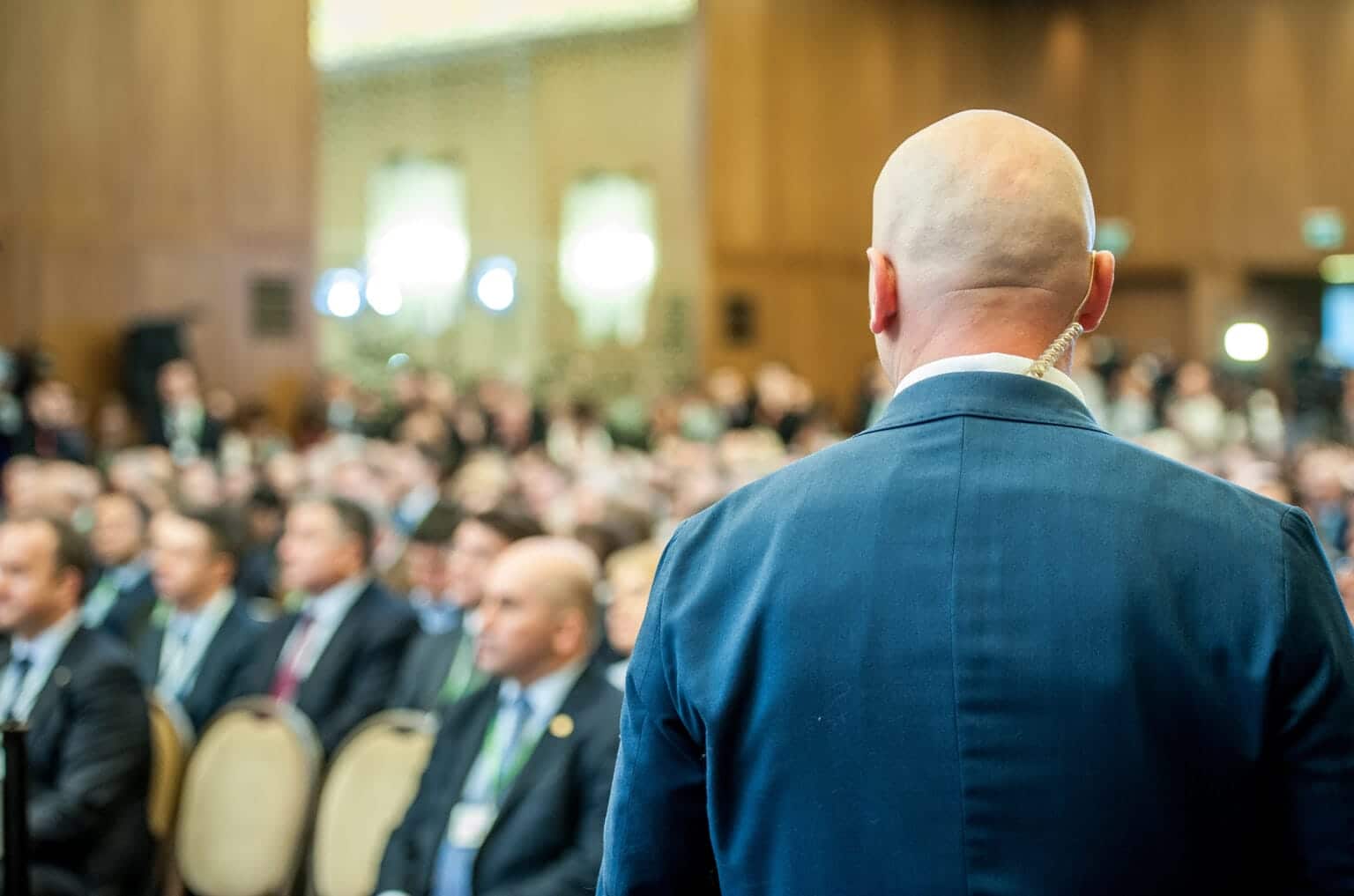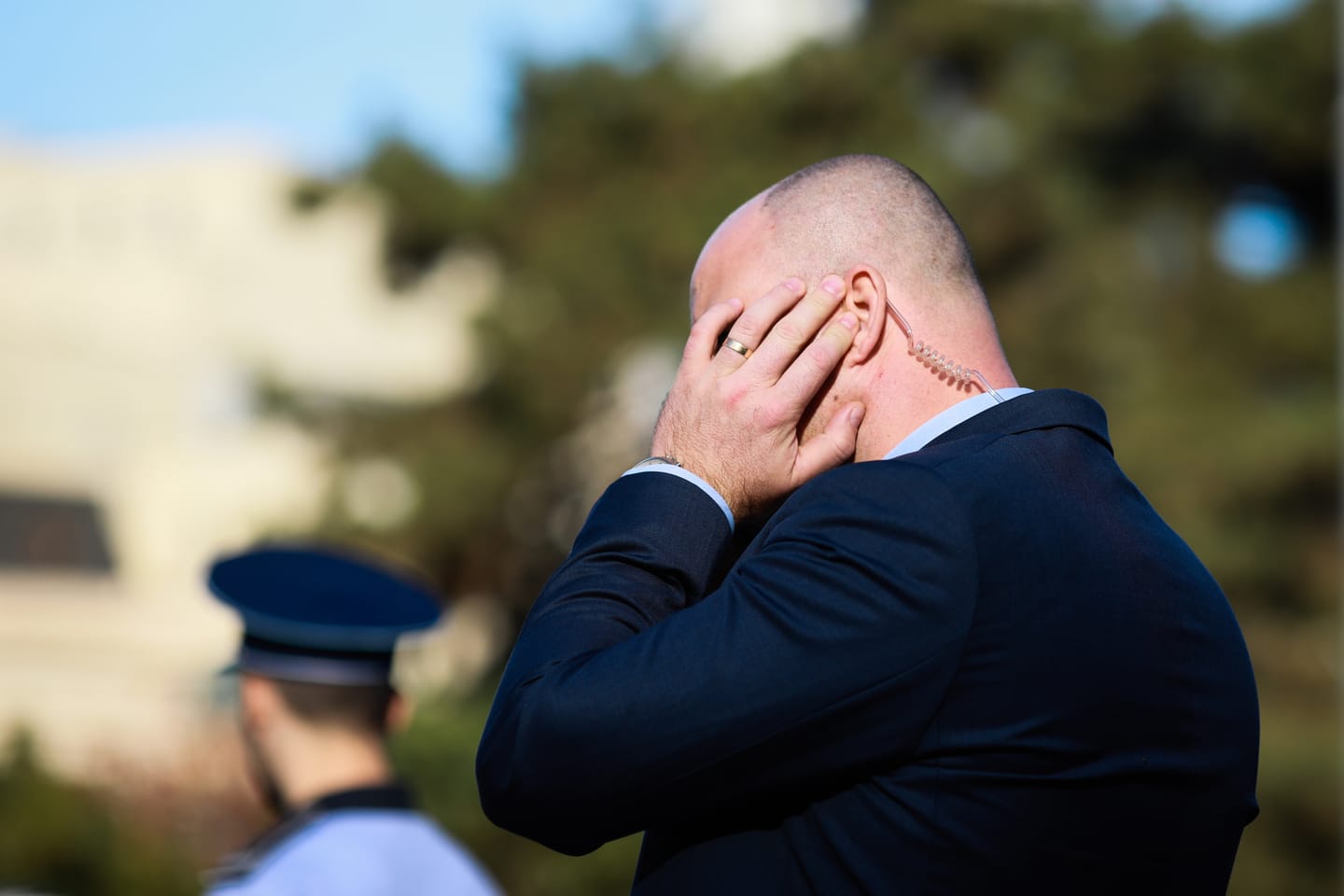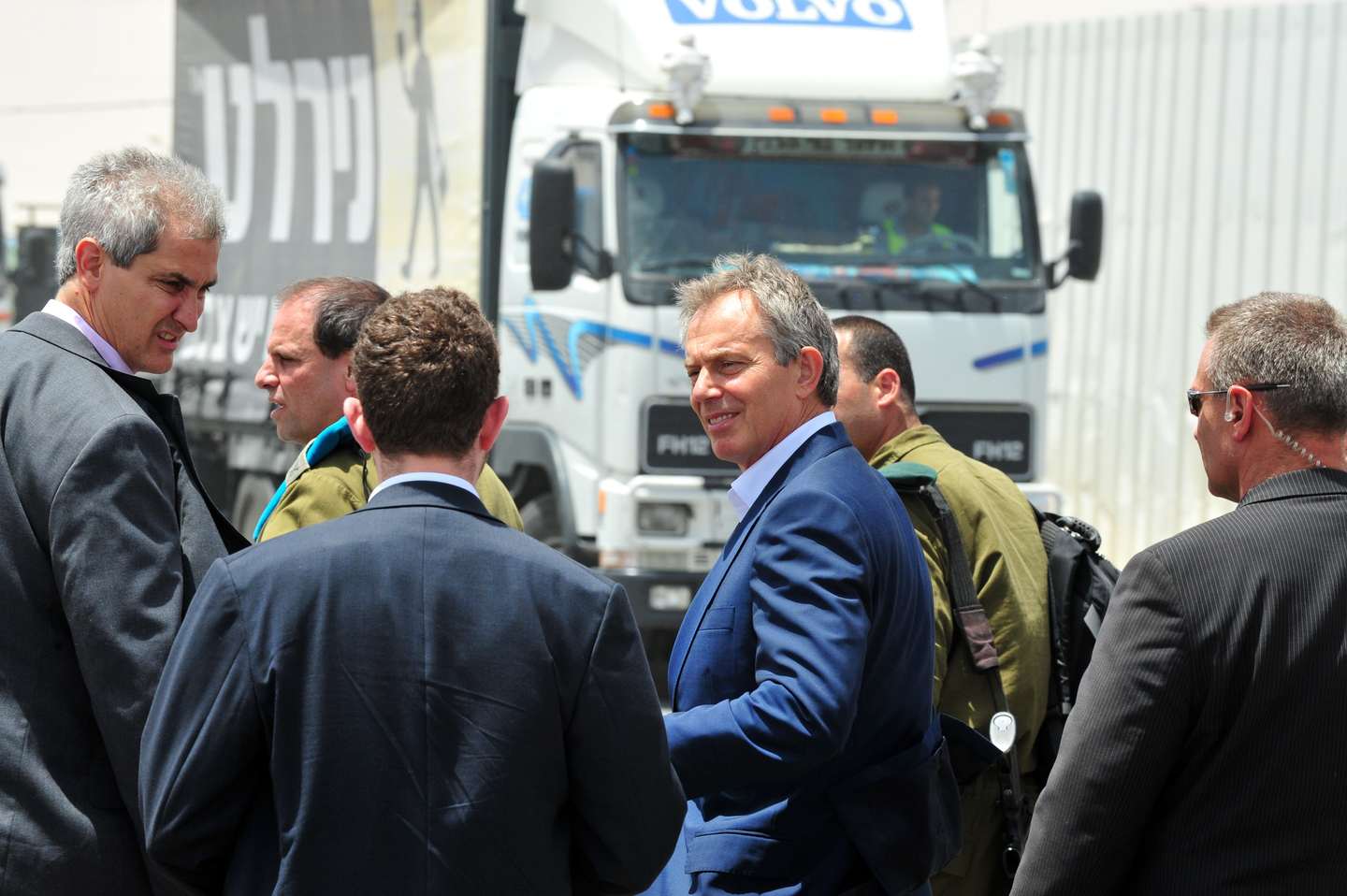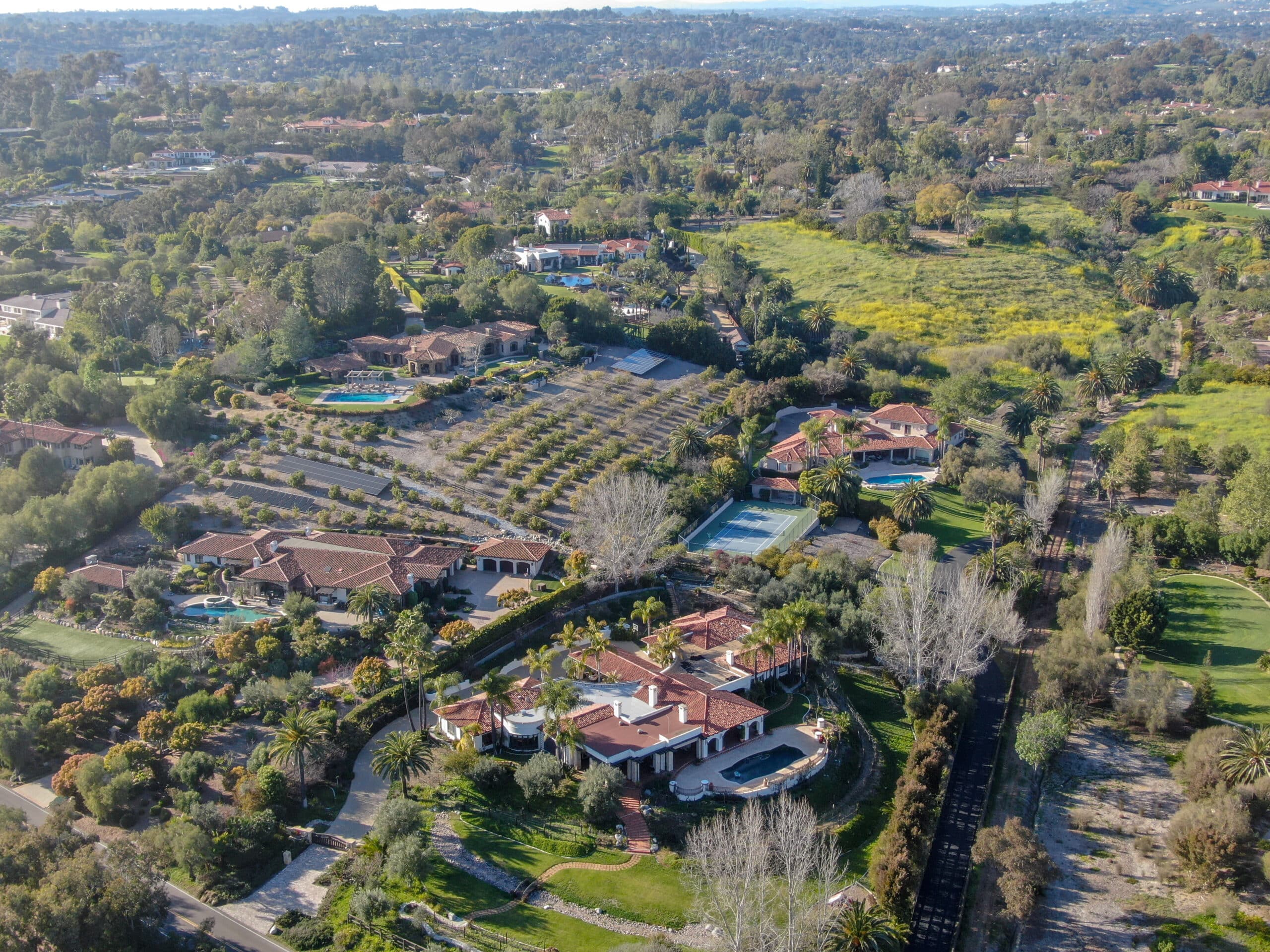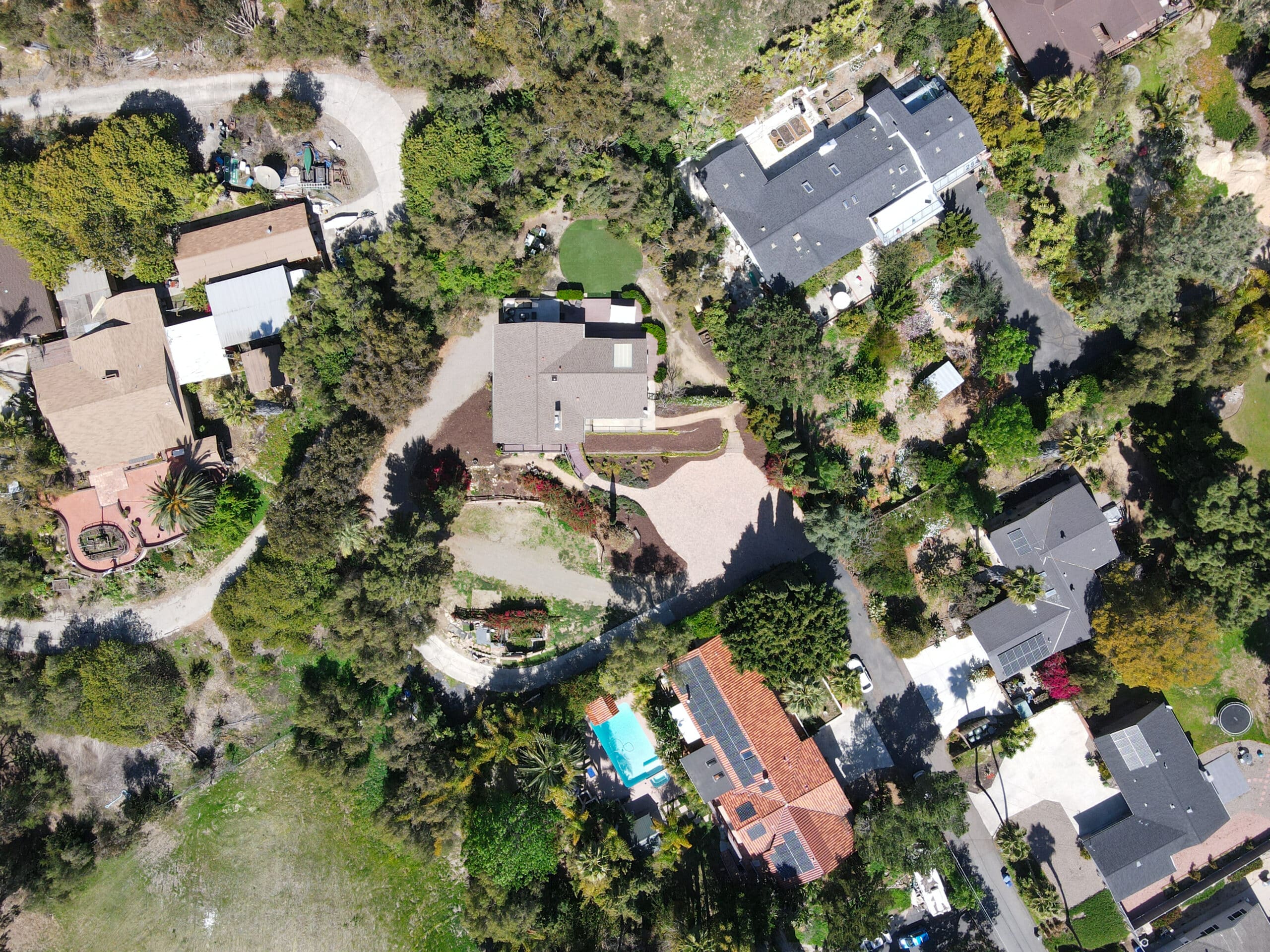Estimated reading time: 7 minutes
In the glittering world of award shows, where the spotlight shines on glamour and celebration, the importance of meticulous emergency response planning often remains in the shadows. Yet, the safety and security of attendees, celebrities, and staff are paramount, making emergency preparedness not just a necessity but a cornerstone of event success. This article delves into the critical aspects of crafting comprehensive emergency response plans for award shows. We explore the vital steps of risk assessment, coordination with law enforcement, effective communication strategies, and post-emergency evaluations. This guide provides a detailed roadmap for event organizers, highlighting how to handle potential emergencies efficiently and effectively. Award shows can ensure a night of memorable celebrations and a secure environment for everyone involved by prioritizing safety and preparedness.
Table of contents
Comprehensive Emergency Plan Development
Conducting Thorough Risk Assessments
Risk assessment is the first crucial step in developing an emergency response plan for award shows. This process involves a detailed analysis of potential hazards that could impact the event. These hazards range from natural disasters like earthquakes and severe weather conditions to artificial threats like terrorist attacks or fires. The assessment should consider the likelihood of each risk and its potential impact on the event. This stage requires collaboration with security experts, local authorities, and venue managers to evaluate risks comprehensively. A thorough risk assessment lays the groundwork for developing targeted strategies to mitigate identified risks.
Scenario Planning and Preparedness
Following the risk assessment, scenario planning is essential to prepare for various emergencies. This involves creating detailed action plans for different potential emergencies tailored to the specific circumstances of the award show. Each scenario plan should include immediate response actions, communication protocols, and recovery strategies. For instance, in the event of a fire, the plan would detail evacuation routes, methods for alerting attendees, and procedures for coordinating with fire services. Scenario planning also involves regular drills and simulations to ensure that all involved parties know their roles and responsibilities in an emergency.
Developing and Implementing Evacuation Protocols
Evacuation protocols are a critical component of an emergency response plan. They need to be clear, precise, and tailored to the specific layout of the venue. These protocols should delineate primary and secondary evacuation routes and include procedures for assisting guests with functional needs. Ensuring these routes are well-marked, free from obstructions, and known to all event staff is vital. Regular training and drills should be conducted to ensure staff can efficiently guide attendees to safety in an emergency. Additionally, evacuation plans must be adaptable to various scenarios, guaranteeing a flexible response to different emergencies.
Coordination with Law Enforcement and Emergency Services
Establishing Partnerships with Local Law Enforcement
Effective coordination with local law enforcement agencies is vital for the security and safety of any award show. This partnership should begin well before the event, involving regular meetings and information sharing. Law enforcement agencies can provide valuable insights into local threats, crowd control techniques, and emergency response procedures. Establishing a clear line of communication and a chain of command ensures that the event organizers and law enforcement personnel are on the same page in an emergency. Additionally, law enforcement presence at the event can deter potential threats and aid in rapid response if an incident occurs.
Integration of Emergency Medical Services (EMS)
Emergency medical services are a critical aspect of emergency planning. Coordinating with EMS ensures that medical emergencies, such as sudden illnesses or injuries, are promptly and effectively addressed. This coordination involves determining the placement of medical stations, providing straightforward access routes for ambulances, and planning for potential mass casualty incidents. The presence of trained medical personnel at the event can significantly reduce response times and provide immediate care, potentially saving lives. Regular EMS drills can also help fine-tune the emergency response and ensure seamless integration with other emergency services.
Collaboration with Fire and Rescue Services
Collaborating with fire and rescue services is crucial, especially considering the risk of fire-related incidents at significant events. This involves sharing the event’s floor plan, identifying potential fire hazards, and ensuring compliance with fire safety regulations. Fire and rescue services can assist in developing evacuation procedures, installing fire safety equipment, and conducting fire drills. Having a dedicated team from fire and rescue services on-site during the event ensures immediate action in case of fire incidents, minimizes potential damage, and ensures the safety of attendees.
Effective Communication Strategies in Emergencies

Establishing Robust Internal Communication Systems
Effective internal communication is essential in emergencies to manage the response efficiently. This involves establishing a reliable communication system to disseminate information to all staff members quickly. Methods may include two-way radios, internal messaging, and public address systems. A clear chain of command and predefined communication protocols are crucial to avoid confusion and ensure everyone knows their responsibilities. Regular training and drills should include communication exercises to ensure staff are proficient in using the communication systems and understand the protocols.
Managing Communication with Attendees and Guests
Communicating with attendees during an emergency is critical to maintain order and prevent panic. Clear, calm, and authoritative announcements should be made to inform guests about the situation and guide them on what to do. This may involve directing them to evacuation routes or advising them to remain in place. Digital signage, public address systems, and event staff can convey messages effectively. It’s also important to consider the needs of guests who may require special assistance, such as those with hearing or mobility impairments, ensuring that communication is accessible to all.
Liaison with Media and Public Relations
Handling media relations and public communication during an emergency is a sensitive task that requires careful planning. A designated spokesperson should be responsible for all external communications, ensuring the information released is accurate and consistent. The spokesperson should work closely with the event’s public relations team to manage media inquiries, press releases, and social media updates. It’s important to balance being transparent and not causing undue alarm. Effective media liaison can help manage the narrative around the emergency, maintaining public trust and confidence in the event’s management.
Post-Emergency Evaluation and Improvement
Conducting Thorough Debriefings and Analysis
A comprehensive debriefing is crucial after an emergency event at an award show. This process involves all stakeholders, including event organizers, emergency personnel, law enforcement, and venue staff. The aim is to analyze every aspect of the emergency response – what worked well, what didn’t, and why. This detailed analysis should cover response times, the effectiveness of communication systems, the adequacy of emergency services, and the crowd’s behavior. It’s essential to gather feedback from various perspectives to gain a complete understanding of the response efforts. This debriefing is a learning tool meant to identify areas for improvement and reinforce successful strategies.
Implementing Lessons Learned for Future Events
The insights gained from the post-event analysis are invaluable for improving future emergency response plans. Implementing lessons learned involves updating emergency plans, refining communication strategies, and modifying training programs. It may also include investing in new technology or equipment, enhancing coordination with emergency services, or redesigning evacuation routes. Continuous improvement ensures that each event is safer than the last. This proactive approach demonstrates a commitment to the safety and well-being of all attendees, staff, and performers.
Ongoing Training and Preparedness
An integral part of improving emergency response is ongoing training and preparedness. This includes regular emergency drills, updated training sessions for staff, and engagement with local emergency services for joint exercises. Continuous education on new threats, technological advancements, and best practices in emergency response is essential. This commitment to training ensures that staff remain competent and confident in their roles and that the event’s emergency response plan remains robust and effective.
Conclusion
In conclusion, the meticulous planning and execution of emergency response strategies for award shows are critical to ensuring the safety and security of all participants. This guide has thoroughly outlined the essential aspects of emergency response planning, from developing a robust emergency plan to evaluating and enhancing post-emergency. Effective collaboration with law enforcement and emergency services and incorporating advanced communication strategies are fundamental to responding to unexpected events successfully. The emphasis on ongoing training and preparedness highlights the necessity of being well-equipped to manage any arising situation.

